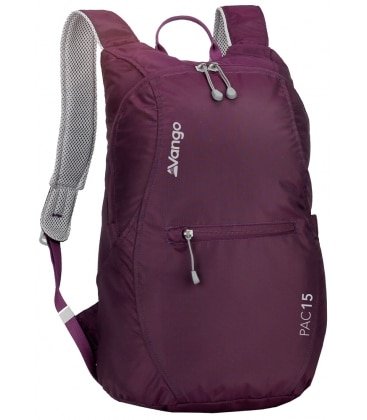It’s no secret that here at British Food and Travel, we love the outdoors, and we love walking. From a stroll through Kent to following in Wainwright’s footsteps, there are few things I look forward to as much as putting on some good shoes, packing up a few essentials, and heading out for a day of walking.
Not only is walking great exercise, it is proven to have benefits for mental health. It’s good for your heart and your muscles; it can help to precent dementia; and it gives you a good dose of Vitamin D. Wherever you are, you can nearly always get out for a stroll of some kind. Best of all, it doesn’t require a lot of expensive equipment. Sure, you can buy top of the range stuff, but the basics are all available fairly cheaply. This is not an expensive hobby. So, since May is National Walking Month, it seems like a good time to share some of my favourite pieces of walking equipment.
All of the items listed below are what I personally use. I have not been paid to promote any of them. There are affiliate links, which means if you choose to click and then make a purchase, I’ll get a few pennies.
Footwear
The most important piece of equipment you need is the right pair of shoes for the job. This means that shoes can be the most expensive thing to buy, but it is worth it if it means skipping the pain of blisters. Be sure to check out seasonal sales, as you can find some good deals. Note that I am including Amazon affiliate links for footwear, but this is one thing you absolutely must try on so I would only ever recommend buying footwear online if you are buying exactly the same as a pair you’ve already worn and loved.
Different surfaces need different footwear. If you are walking along paved roads or asphalt, heavy-duty walking boots are too much. You’ll put too much wear and tear on the soles. At the same time, a basic pair of sneakers won’t give you much support or grip when you’re on rough ground. I have two pairs of shoes for different surfaces. When I’m walking around town or on local paved walking trails, I love my Skechers with memory foam. They provide wonderful cushioning and feel as if I’m wearing slippers. I’ve liked both the lace-up and slip on versions I’ve tried. For longer walks, I like my Merrell Moab walking boots. They are sturdy, with great support. I wore them in the Lake District and when walking across Yorkshire. A new pair will accompany me on my upcoming trips. I prefer the low rise but higher ankle support is also available.
Don’t forget socks! I don’t wear them with my Skechers. They are essential, however, with boots and on longer walks. Merino wool is the ideal material; it is soft, durable, and it helps to wick moisture.
Clothing
When it comes to clothing, layering is essential. Lightweight quick-drying fabrics are preferable; water-resistant is nice; and you can even get fabrics that offer UV protection. Among my favourite clothing items are a lightweight top (long or short-sleeved), a fleece, and a bodywarmer. These can be layered in various combinations according to the temperature. I also like a lightweight, foldable waterproof jacket. In colder weather, you might want a jacket-waterproof combo that can be worn together or separately.
Other Equipment
The right backpack can make or break your trip (and your back). You want one that fits comfortably, but you also want the right size. A 45-50L may hold everything but the kitchen sink, but do you really need that much space? If you are carrying camping equipment, you may do, but otherwise it is probably too much. Since I am looking for something that will carry clothes and basic necessities, rather than a tent and sleeping bag, a 35L pack is plenty for trips of a week or two. As for day hikes, I just need something big enough to hold my wallet, waterproof, guidebook, camera, water bottle, etc. Honestly, any small backpack would do. Don’t laugh but my daypack was a freebie that came with a magazine subscription. I love it! My Vango Pac 15 is light, has room for anything I’d need during the day, and when I’m done, it folds up into itself so I can just throw it in my larger pack or in my pocket. For longer trips, the Zomake 35L is lightweight and holds a lot. It’s also foldable.

Collapsible walking poles can fold up and strap to your backpack when not in use. You may not think they’re important, but once you have tried them, you’ll realise how helpful they can be for smoothing your walk, helping with balance, and assessing boggy ground.
Guidebooks and Maps
Mobile phone apps can be a great source for finding walks and making sure you’re on the right path. The iFootpath app is free and provides info for more than a thousand walks, making it ideal for looking up a trail near to wherever you happen to be. On long-distance walks, though, I still prefer to have a good quality map and a guidebook. Mobile reception may be spotty and unreliable. Furthermore, maps and guidebooks can provide more detailed information about where to stay, what to see long the way, and so on. My Trailblazer guide never left my side during my Coast to Coast walk. When it comes to maps, you can never go wrong with Ordnance Survey.
You don’t have to spend a fortune on walking equipment if you are just getting started, although please do not skimp on footwear. As well as Amazon, you can find links to specialist outfitters Rohan and Outdoor Gear on the right hand side of this page. There are so many benefits to walking, so put on some shoes and get going!

